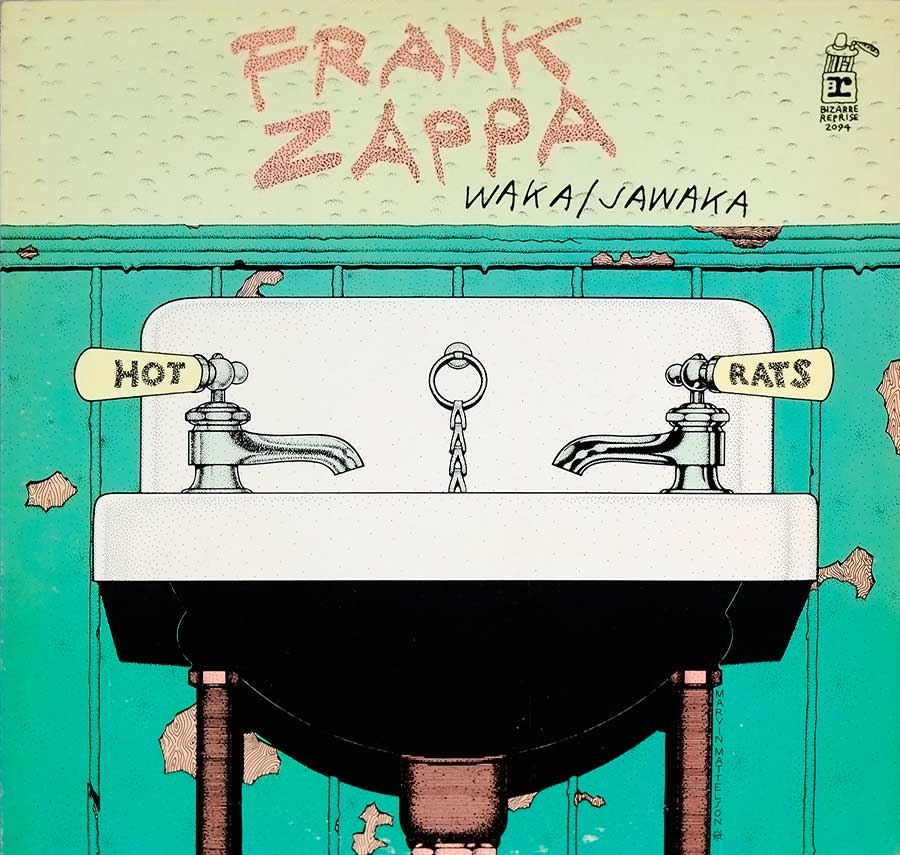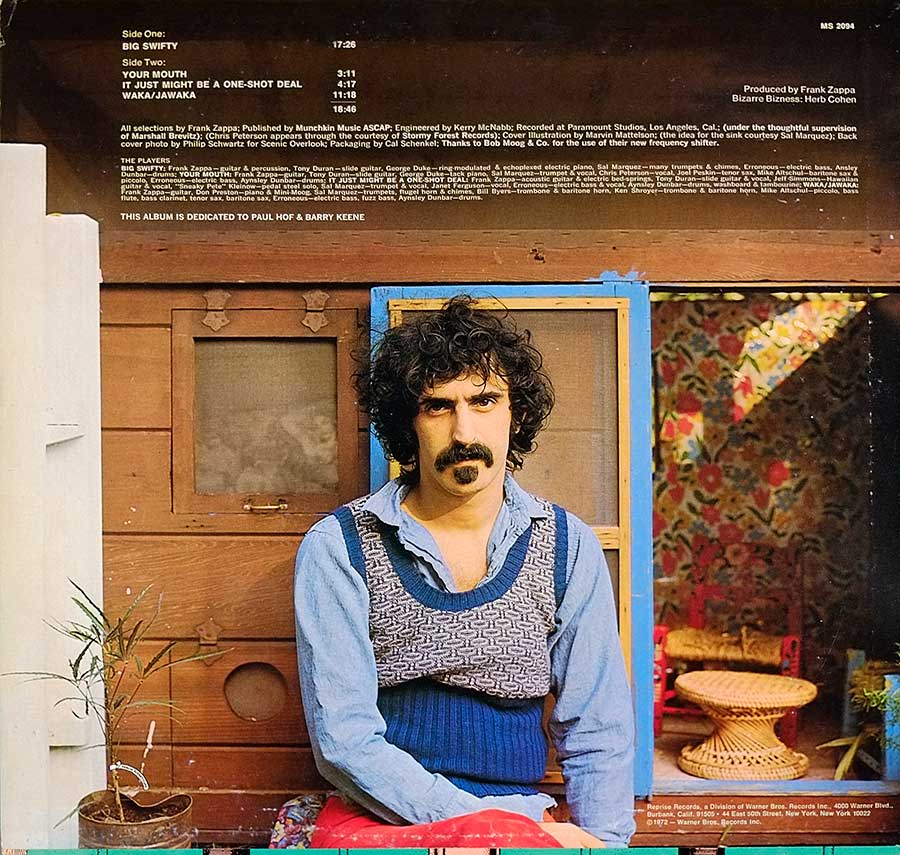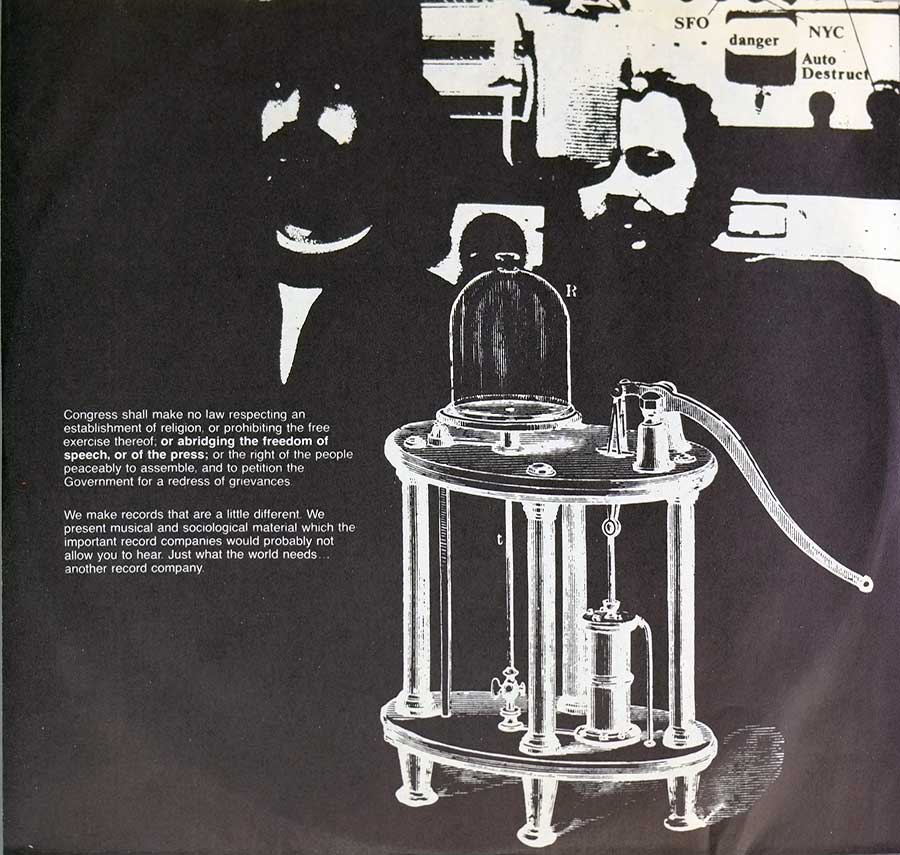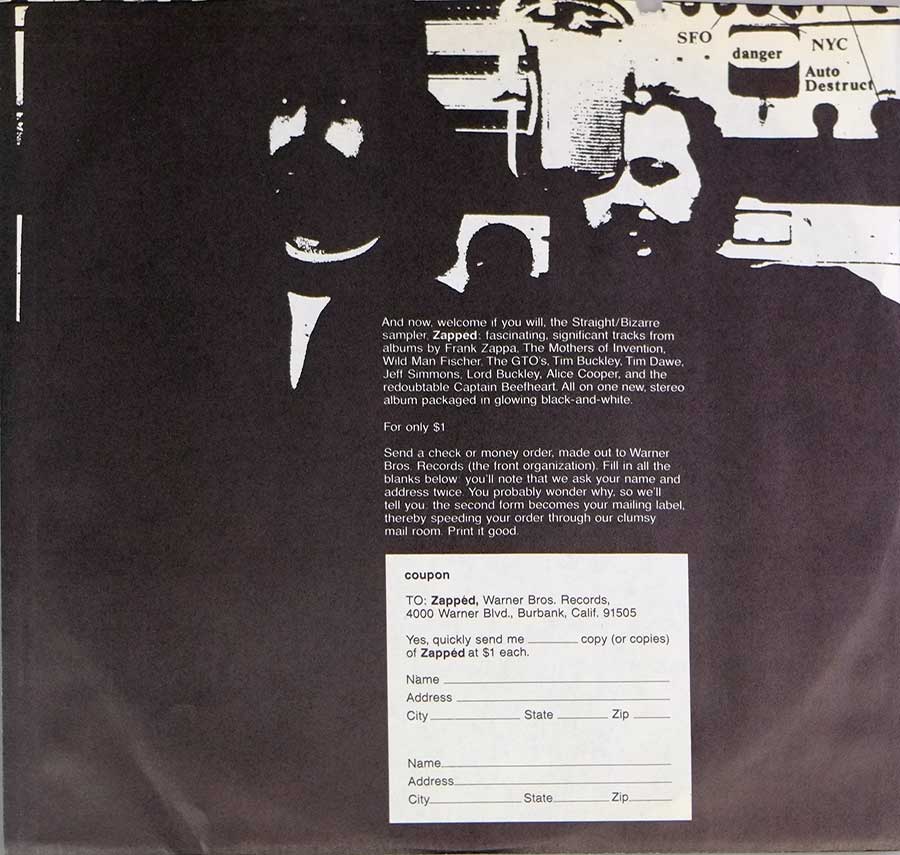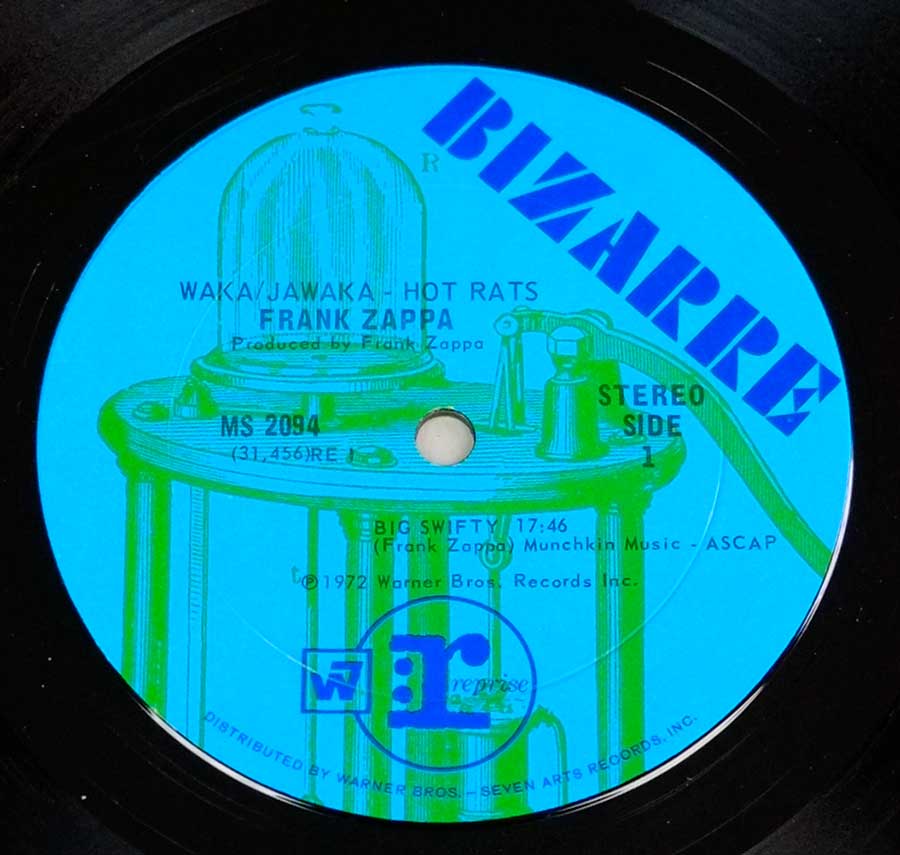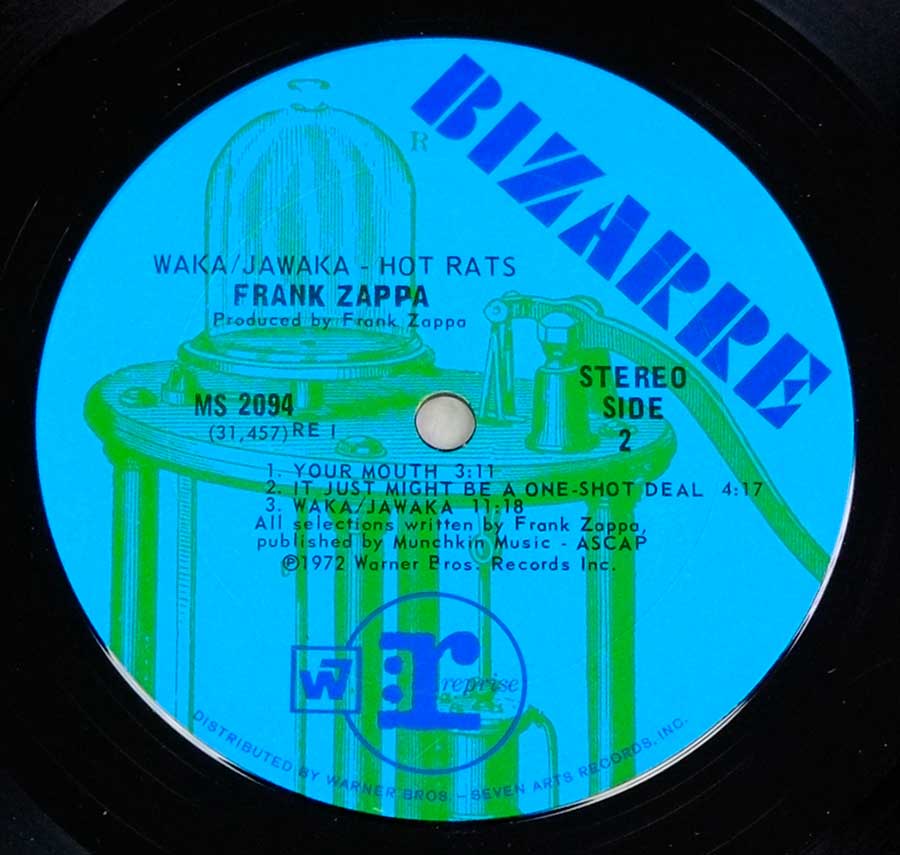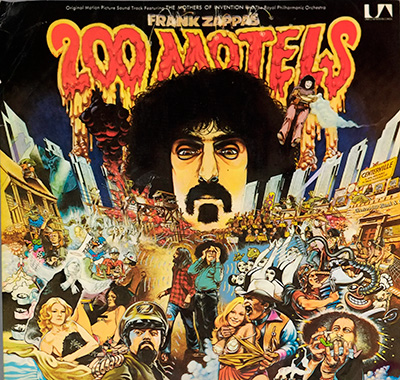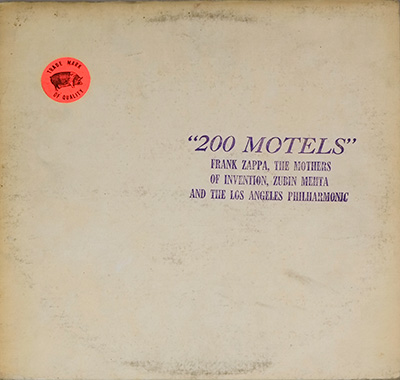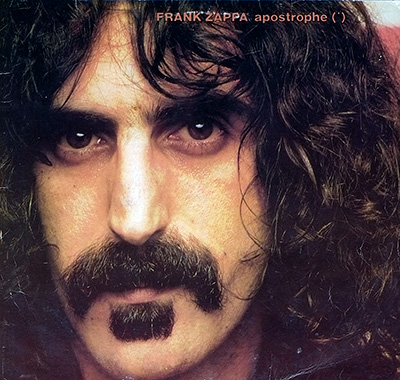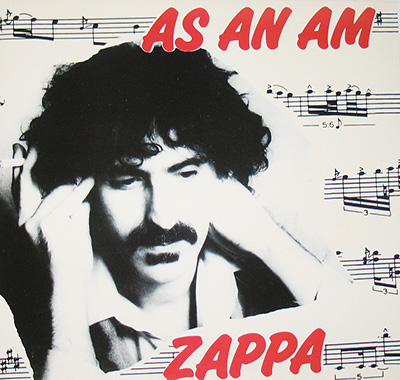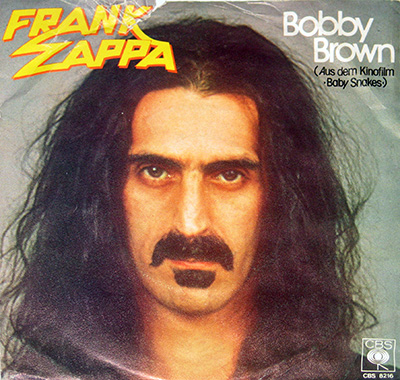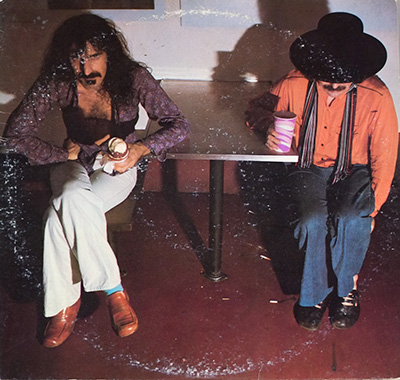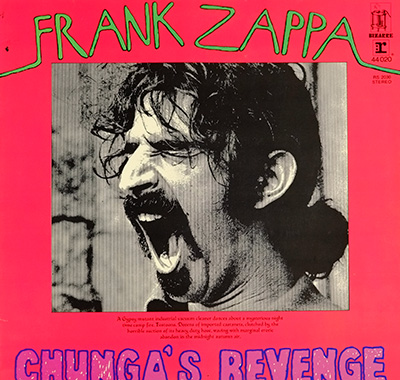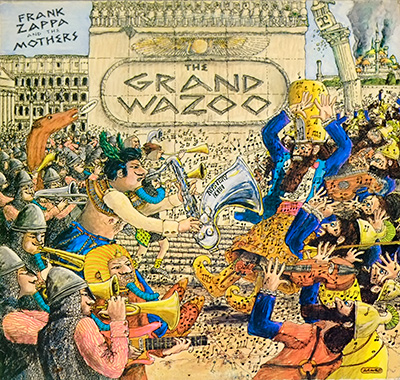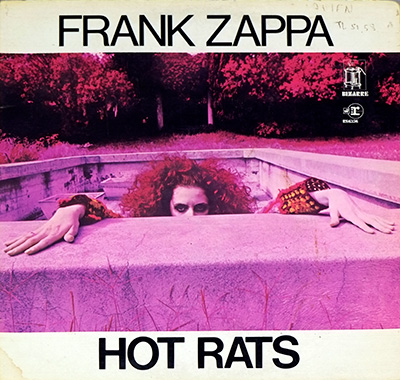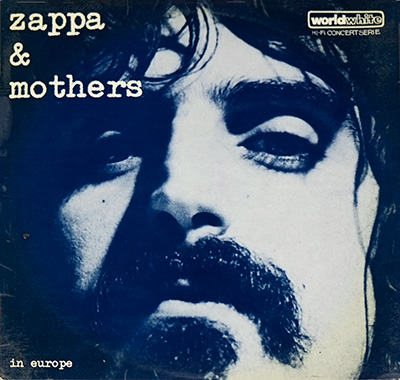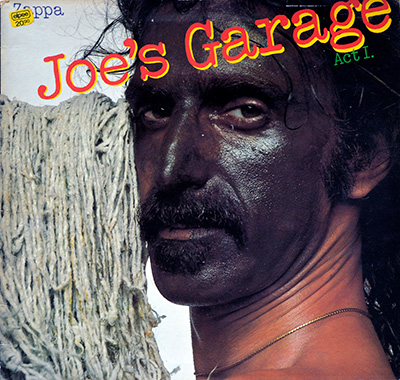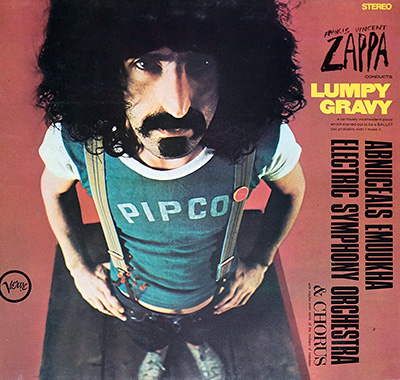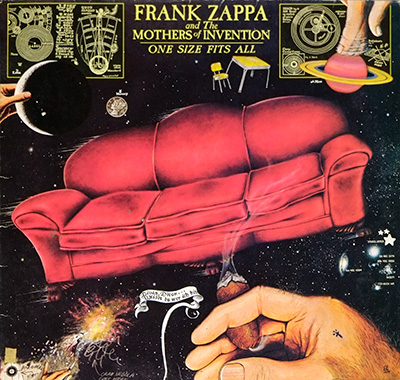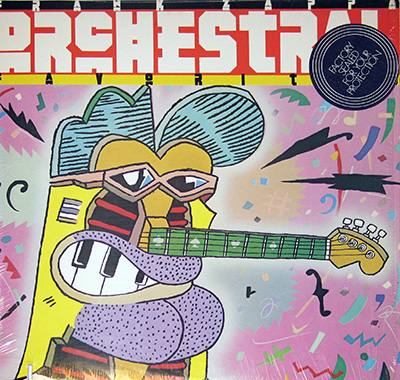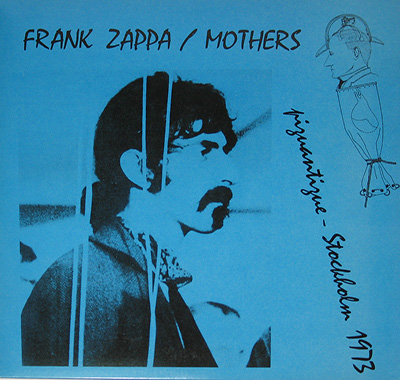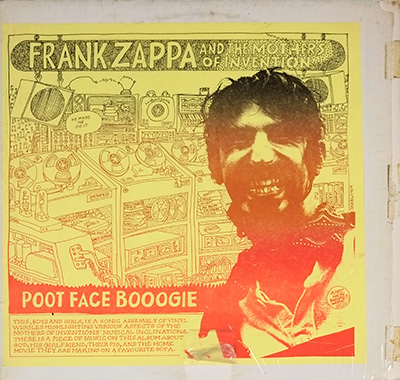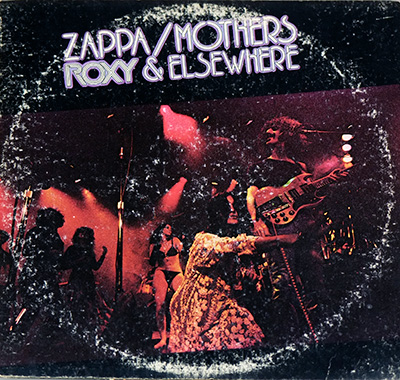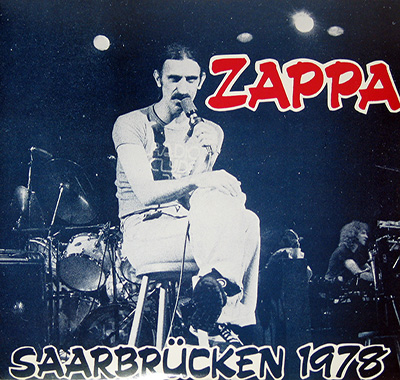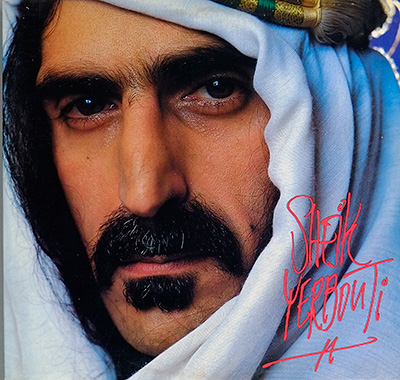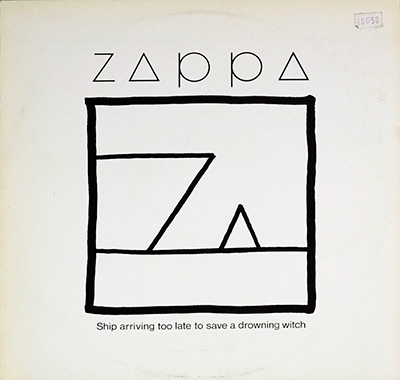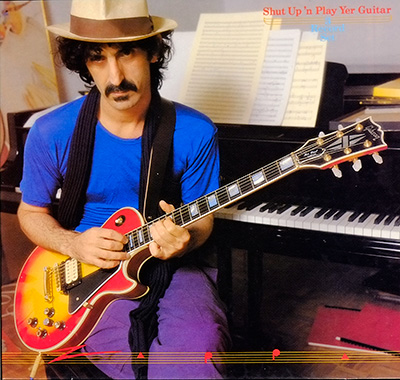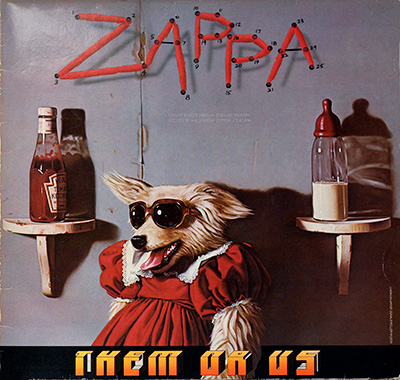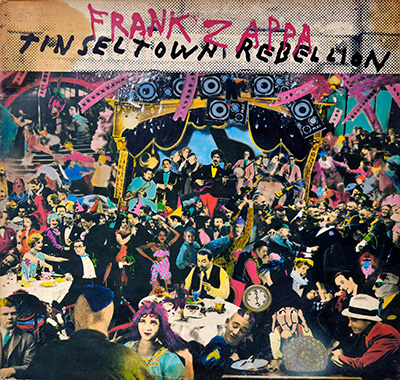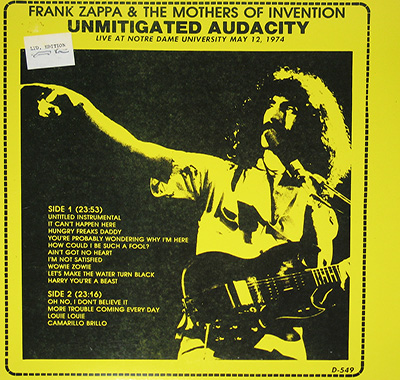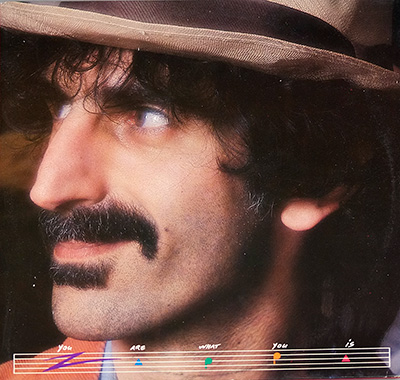Frank ZappaÕs ÒWaka/Jawaka – Hot RatsÓ: brass-knuckled jazz, post-crash catharsis, and a band that could levitate a studio Album Description:
1972, Los Angeles: after the fall
History doesnÕt arrive with a ribbon; it limps in on crutches and starts barking orders. After being shoved off a stage in late Õ71, Frank Zappa reassembled his musical universe from a wheelchair, pointing the wreckage toward a horn-drunk, odd-meter metropolis. ÒWaka/JawakaÓ is that cityÕs first skyline: jazz-influenced, sardonic, and wired with enough rhythmic voltage to light up the San Fernando Valley.
Musical exploration: the laboratory blows its beakers
This record isnÕt a fusion detour; itÕs a full-on expedition. ÒBig SwiftyÓ (side-long, pulse-hopping, 17 minutes of controlled combustion) is a labyrinth of brisk themes, sudden left turns, and alleyway solos where brass and reeds trade jabs like prizefighters. The smaller cuts are decoys that bite back: ÒYour MouthÓ snickers with gospel grit and bite-size satire; ÒIt Just Might Be a One-Shot DealÓ slides into psychedelic Americana on a piece of barbed wire; and the title suite, ÒWaka/JawakaÓ, throws a parade for tangled time signatures, ending the party with a grin that sounds like a smirk.
Band history in motion: the Mothers mutate again
By Õ72, the Mothers were less a fixed lineup than a mercenary congress of savants. Zappa drafted ringers from rock, jazz, and the weirder corners between. The personnel tells the story of a band rebuilding itself as a big-ensemble organismÑleaner on satire, heavier on charts, and weaponized with improvisers who could read a polyrhythm and then set it on fire.
Controversies, crosswinds, and the Zappa weather report
ThereÕs always a storm somewhere in Zappaland. In the wake of injuries, canceled tours, and the eternal culture-war tug-of-war over lyrics and intent, Zappa steered into what he could control: notes, arrangements, tape. You can hear the defiance: the brass sections donÕt just decorate; they argue, heckle, and finally testify. The record sounds like a rebuttalÑmusically precise, emotionally barbed, and dryly hilarious.
The production team: clipboards, chaos, and clarity
Producer: Frank ZappaÑof course. He treats the studio not as a cushion but as a centrifuge, spinning the band until the essential elements separate and gleam. Engineer: Kerry McNabb, corralling a small city of horns, guitars, and gadgetry into clean planes where every stunt lands on its feet. The coverÕs visual tandemÑphotography by Philip Schwartz (Scenic Overlook) and illustration by Marvin MattelsonÑmirrors the musicÕs split personality: pastoral postcard on the surface, subversive circuitry underneath.
Recording studio: Paramount as pressure cooker
Cut at Paramount Studios, Los Angeles, the sessions feel like a workshop with the doors flung open. Air moves in the mixes. Brass bite has room to bloom without smearing the rhythm section. The room itself becomes a characterÑwood, wires, and bafflingÑcaptured with a precision that lets every arrangement joke land and every rhythmic feint read like calligraphy.
The ensemble: ringers and renegades
ZappaÕs guitar slices through like neon handwriting, but the cast carries equal weight: George Duke ring-mods the keys into extraterrestrial vowels; Sal MarquezÕs trumpet argues with itself, switching from velvet to razor mid-phrase; Erroneous (Alex Dmochowski) digs trenches on electric and fuzz bass; Aynsley Dunbar turns odd meters into something you can strut to; Tony Duran slides across the groove like a steel-toed dancer. Reeds and doublesÑJoel Peskin, Mike AltschulÑthicken the air; Don PrestonÕs Minimoog mutters prophetic nonsense; Sneaky Pete Kleinow sneaks pedal steel into places it has no right sounding that right. Vocals (Janet Ferguson, Jeff Simmons, Chris Peterson) arrive like postcards from other genres, stamped and forwarded into ZappaÕs bureaucracy of sound.
